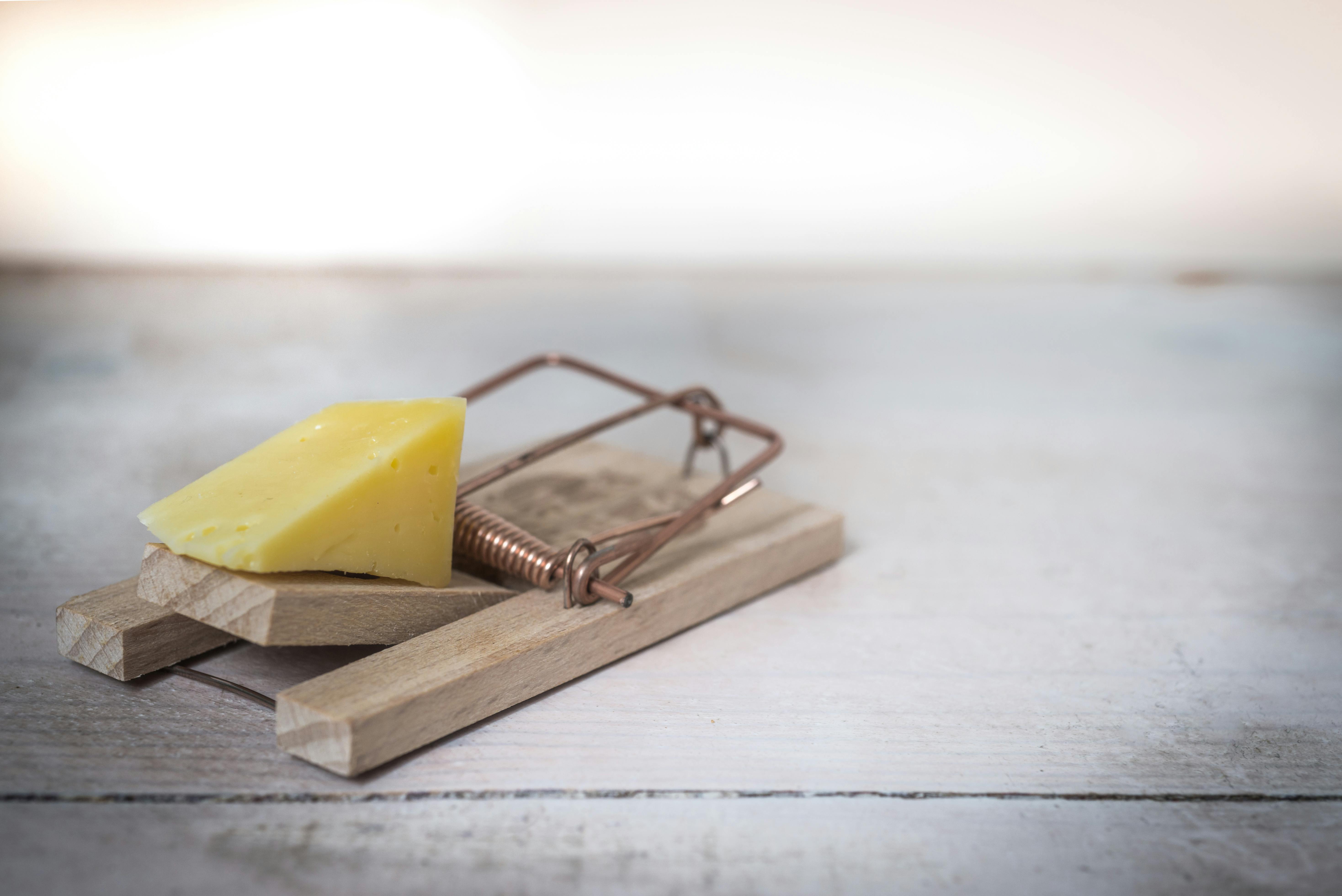Catching mice or rats effectively hinges on choosing the right bait. The best bait attracts these pests quickly and can lead to successful trapping. Understanding what draws these rodents and how to use the bait properly is crucial to eliminating an infestation in your home.


What is the Best Bait for Rats?
Rats are opportunistic feeders and are often drawn to foods that are high in fats and proteins. Peanut butter works best for rats because of its strong scent and sticky texture, which makes it hard for them to remove without getting trapped. Other effective baits include bacon, nuts, and dried fruit. These foods mimic the types of nutrition rats seek out in the wild, making them more likely to approach a trap. When deciding what bait to use for rats, consider the type of rat you are dealing with. Norway rats, which are larger, tend to prefer meat-based foods, while roof rats, which are smaller and more agile, might be more attracted to fruits and nuts. Knowing the preferences of the specific rat species in your home can improve your chances of success.
What is the Best Bait for Mice?
Mice have a slightly different palate than rats, though they also favor foods high in fats and proteins. Peanut butter is also a great option for baiting mice due to its irresistible smell and sticky consistency. Other good baits for mice include chocolate, oats, and small pieces of cheese. While the idea of cheese being the best bait is somewhat of a myth, it can still be effective, especially when paired with other strong-smelling foods. When considering what to use as bait for mice, remember that mice are curious creatures that often nibble on a variety of foods. Mixing different baits on the same trap can increase the likelihood of catching a mouse, as it may be attracted to one type of food over another.How to Bait Rats and Mice?
Properly baiting a trap is just as important as choosing the right bait. For rats, use a small amount of bait to avoid making the rat suspicious. Place the bait at the center of the trap so the rat has to fully engage with it to trigger the mechanism. If you’re using a snap trap, a tiny dab of peanut butter is enough. For live traps, consider placing a more significant amount of bait to lure the rat inside. For mice, the same principles apply. Use small amounts of bait to ensure the mouse has to work for it, increasing the chances of the trap being triggered. Make sure the bait is securely attached to the trap. If the bait is too loose, the mouse might grab it without setting off the trap.
Myths and Facts About Baiting Rats and Mice
| Myth | Fact |
| Cheese is the best bait for mice. | Peanut butter, chocolate, and oats are often more effective than cheese. |
| Rats will avoid traps if they smell humans. | Rats are more concerned with the bait than the human scent on a trap. |
| Using more bait increases your chances. | Too much bait can make rats suspicious; use a small amount for best results. |
| Rats and mice will eat any food bait. | They prefer high-fat, high-protein foods; using the right bait is crucial. |
| Traps work better without any bait. | Bait is essential for attracting rodents to the trap and increasing success. |




